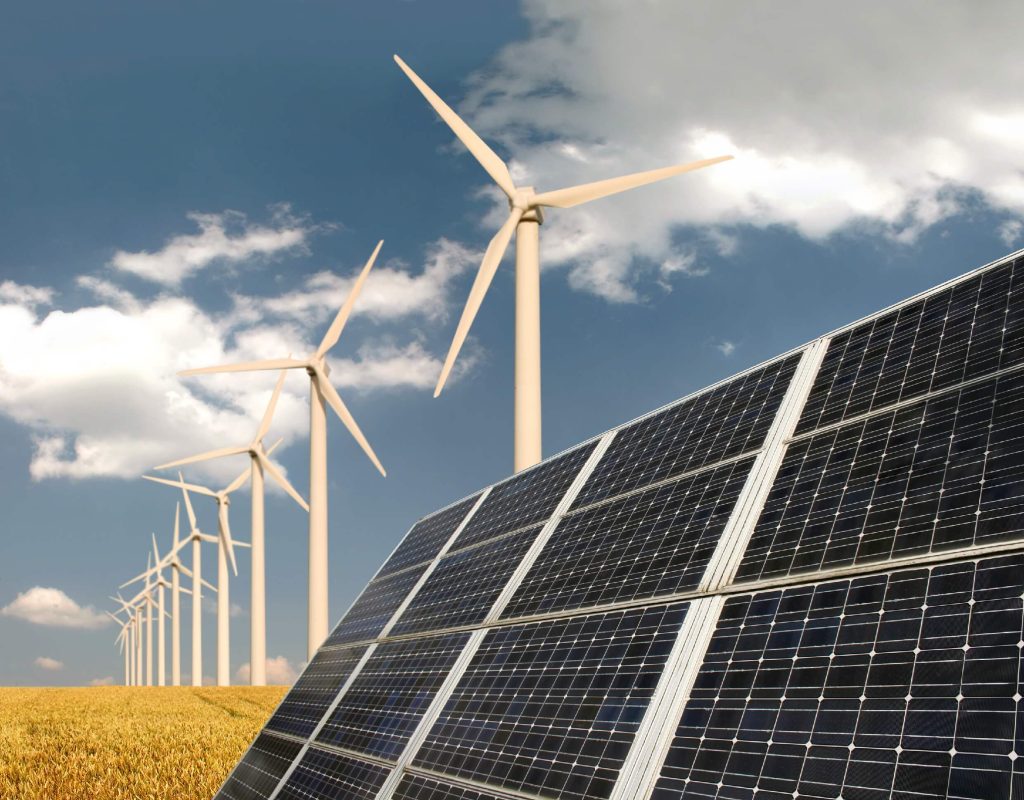China is fully motivated to shift the production of energy from coal to other green resources which would be more beneficial and safe for the country. Here we will discuss some of the recent advances made by China in space of green resources for the shift in Pakistan.
A wind power plant in Jhimpir, southern Pakistan. This region was dry, inhabited by nomadic tribes, and a barren stretch of land. But now the area is home to mammoth rotating blades in about two dozen wind farms.
Wind projects in this region have been one of several renewable energy projects to have received Chinese investment in recent years. Around 90 kilometers from Karachi, Jhimpir is the heartland of the country’s largest ‘Wind corridor’, which has the potential to produce 11,000 megawatts (MW) of energy from green resources.
One of the early investors includes a Chinese state-owned power company operating under an investment holding company name China Three Gorges South Asia Investment Limited. The company has taken part in the construction and funding of three wind projects with a combined capacity of nearly 150 MW. The construction of the first 3 projects began in 2012.
However, the latter two projects were completed in 2018 and were also funded under the China-Pakistan Economic Corridor (CPEC), an integral part of Beijing’s flagship multibillion-dollar Belt and Road Initiative (BRI).PM Shehbaz Sharif visited China at the start of the month and highlighted the importance of CPEC in the development of Pakistan.
Renewable represents only a small portion of Pakistan’s Power Generation Mix of a total of 43,775 MW, with installed capacity for wind and solar representing around 4.2 percent (1,831 MW) and 1.4 percent (630 MW) respectively, according to the National Regulatory Authority’s State of Industry 2022 report.
In terms of CPEC, in November 2022 joint statement from China and Pakistan listed that oil and gas are the priority of CPEC cooperation. But a recent shift in the direction of Chinese investment may be hugely significant for the country’s energy future, and the climate.
In the year before the launch of CPEC in 2015, Pakistan was desperate to end its long, crippling power shortages. The country was keen to develop its untapped indigenous coal in the Thar desert, but multilateral financial institutions were not interested. Along came China in 2013, with an offer to lend massive amounts for infrastructure development and coal mining.
Details of the financing deals are a closely guarded secret, but multiple Chinese-funded coal projects followed. Eight completed or under-construction coal projects are listed as a part of CPEC, totaling 6,900 MW which includes four on Thar coal.
In December 2020, Pakistan announced that it would not build any new power projects that depend on imported coal, and pledged that by 2030 60% of its energy will come from clean and renewable sources. The government has since scrapped a number of potential coal projects, including a 300 MW plant at the Chinese-controlled Gwadar seaport in Balochistan. Reportedly, it is to be replaced by the solar plant.
Besides wind energy in Jhimpir, China Three Gorges Corporation is investing heavily in what it is globally known for hydropower (the company is behind the Three Gorges Dam in China, the world’s biggest power station). In June 2022, it completed a 720 MW project in Karot in northern Pakistan. Work is advancing on a 1,124 MW hydropower plant near Muzaffarabad, and a third 640 MW project has recently been approved in Mahl. The same company is behind both projects.
There are huge challenges facing Pakistan’s shift to renewable energy. “A lack of consistency in policy has been the biggest issue,” says Noman Sohail, senior business manager at China Three Gorges South Asia Investment Ltd.
“Arranging lenders and finance for renewable projects is not a problem. But it’s disorienting when policies are reversed, tariffs renegotiated and unpaid capacity payments allowed to pile up.”
Costly fuel imports have already had a devastating effect on Pakistan’s economy. This year, the volatility of global energy prices, exacerbated by Russia’s invasion of Ukraine, took a damaging toll on Pakistan’s Foreign exchange reserves. The country was on the verge of default before the International Monetary Fund agreed to step in to help it stay afloat.
In an attempt to reduce dependence on imported fuel, on 1 September 2022 prime minister Shehbaz Sharif announced the rapid deployment of 10,000 MW of solar power in the country. But details of how this will be achieved, and by when, are sketchy. The plan reportedly involves transitioning all public sector buildings to solar power and other green resources. The proposal also encourages power plants running coal, oil, and gas to partially shift to solar power.
Some Chinese companies will still be involved in investment in solar, but most will not be interested in small local projects, he feels.
“In my experience, customers are happy for us to import Chinese-manufactured technology or their raw materials, but they prefer to have local contractors and engineers to deal with.”
So far, Pakistan’s dependence on imports from China has prevented the creation of local supply chains, says Rehman. That, he says, will need to change if the country is serious about exploiting its solar potential.
“The government can facilitate this transition by encouraging domestic manufacturing,”
Read More:





 Twitter Will Now Have Gold, Grey, And Blue Verification Mark
Twitter Will Now Have Gold, Grey, And Blue Verification Mark